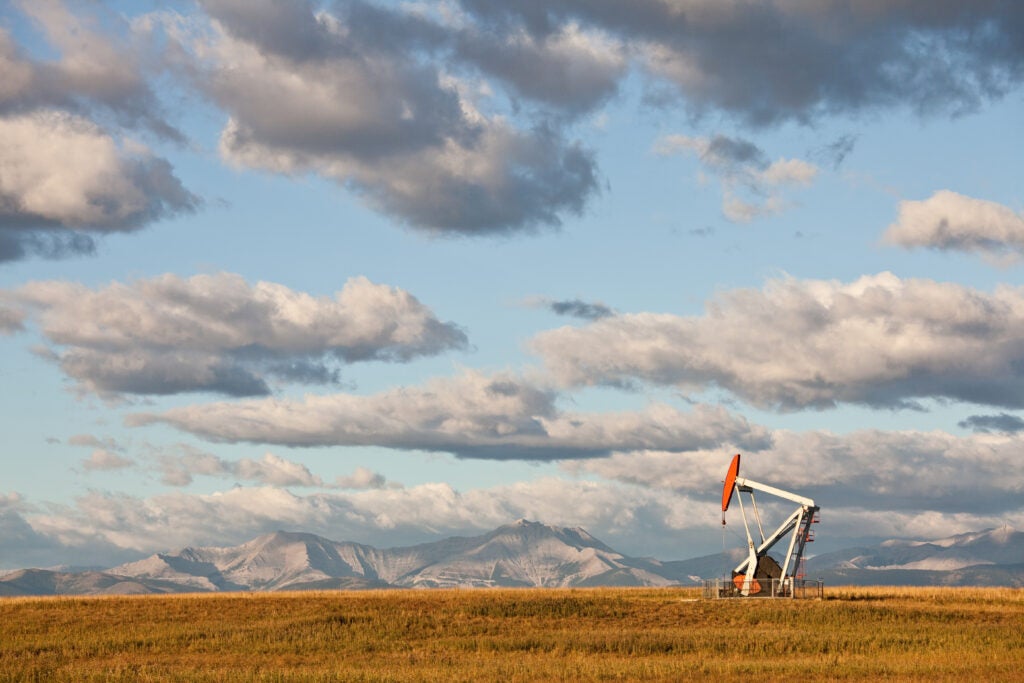
The Energy Collective Group
This group brings together the best thinkers on energy and climate. Join us for smart, insightful posts and conversations about where the energy industry is and where it is going.
Post
Wasted Gas, Wasted Royalties – How Common-Sense Climate Policy Can Put Money Back in People’s Pockets
By EDF Blogs
By Aaron Wolfe, Ari Pottens , and Scott Seymour
EDF economic analysis found that in 2022 oil and gas operators across Alberta wasted $671 million in natural gas, costing the provincial government over $120 million in lost royalties and uncollected corporate taxes. Newly proposed regulations can help prevent wasted gas while also reducing climate pollution.
In 2022, Canada was the world’s fifth largest producer of both oil and gas, pumping out more than 4 million barrels of oil and 498 million cubic meters of gas per day.[1] The majority of Canadian oil and gas production takes place in Alberta.
Not only does the oil and gas industry provide a bustling job market for Alberta, but it also generates millions of dollars in revenue for the provincial government through royalties, corporate taxes, and other secondary economic benefits. Alberta’s fiscal plan estimates that non-renewable resources will account for 25% of the government’s total $70 billion revenue in fiscal year (FY) 2023-24.
In the last fiscal year, natural gas and its byproducts generated $4 billion in royalties for the province. These same resources are expected to generate more than $2 billion annually for Alberta through FY 2025-26, even as prices are expected to soften.
Lost Value from Wasted Gas
Provincial governments collect royalties from marketed oil and gas and use them to help fund essential government services. However, companies are not required to pay royalties on gas that they waste by allowing it to escape into the atmosphere through leaks or intentional practices such as venting and flaring.
To understand the impact of wasted gas on Alberta government finances in 2021 and 2022, we developed a simple framework using emission estimates from peer-reviewed publications (Conrad et al., 2023), flaring and production volumes from provincial reports (ST60B-2023; ST98), AECO-C gas prices, and royalty rates based on analysis of Rystad Energy’s UCube database. Vented and fugitive gas emissions were scaled from 2021 to 2022 based on the change in Alberta’s natural gas production, a common approach used in Canadian and American greenhouse gas inventories.
To estimate lost gross revenues from wasted gas, we assumed 2021 prices of $3.37 per GJ and 2022 prices of $5.10 per GJ based on the published AECO-C prices, the benchmark for western Canadian natural gas. Using Rystad Energy data, EDF was able to determine the province’s effective royalty and corporate income tax rates for 2021 were 6% and 5% of an operator’s gross revenues, respectively. The values for 2022 were 8% and 10%. The variability of royalty and corporate income tax rates from 2021 to 2022 can be attributed to several factors including the price of gas, gross revenues, and deductible costs. Rystad’s simplified formula for royalties is based on the province’s more complex royalty frameworks: the Alberta Royalty Framework (ARF) and the Modernized Royalty Framework (MRF).[2]
Based on this analysis, Alberta’s wasted gas totaled 3.3 bcm in 2021 with a value of $413 million, and 3.5 bcm in 2022 with a value of $671 million. This means that in 2021, the province missed out on $26 million in royalties and $21 million in corporate income taxes if gas were conserved; in 2022, another $54 million and $67 million, respectively, were lost. In total, lost government revenues from wasted gas are estimated to total nearly $47 million in 2021 and $121 million in 2022.
Canada’s Proposed Methane Regulations Can Help Ensure Natural Resources are Used Responsibly
On December 16th, Canada proposed regulatory changes to reduce methane pollution from the oil and gas industry. The proposed rules are intended to ensure Canada meets its commitment to cut back on these emissions by over 75% by 2030. Methane, the main component of natural gas, is an important climate pollutant so, if successful, the draft regulations will not only help mitigate climate change but will also conserve a valuable resource that generates considerable revenue for provincial governments. The draft regulations propose to curb emissions through enhanced leak inspections and new, tighter restrictions on venting and flaring, including the phase-out of outdated equipment.
Many of the gas saving standards found in the government’s draft regulations are already in place in U.S. states like Colorado and New Mexico. These regulations also align with those developed by the U.S. EPA and the EU who, amidst an energy shortage, are especially motivated to conserve resources.
Common-sense standards on oil and gas operations, like many of those proposed by the federal government, can reduce avoidable emissions and meaningfully contribute to the financial reserves of provinces, allowing these governments to focus more resources on priorities like healthcare and education.
____________________________________________________________
[1] Rystad Energy research and analysis. Oil and gas production are marketed volumes and exclude NGL and condensate.
[2] These natural gas royalties stem from two key royalty frameworks: the former Alberta Royalty Framework (ARF) and the current Modernized Royalty Framework (MRF). All wells drilled starting January 2017 are subject to the MRF. All wells drilled prior to 2017 are currently subject to the ARF through 2026 at which point they will begin paying royalties under the MRF.
Discussions
No discussions yet. Start a discussion below.
Get Published - Build a Following
The Energy Central Power Industry Network® is based on one core idea - power industry professionals helping each other and advancing the industry by sharing and learning from each other.
If you have an experience or insight to share or have learned something from a conference or seminar, your peers and colleagues on Energy Central want to hear about it. It's also easy to share a link to an article you've liked or an industry resource that you think would be helpful.























Sign in to Participate